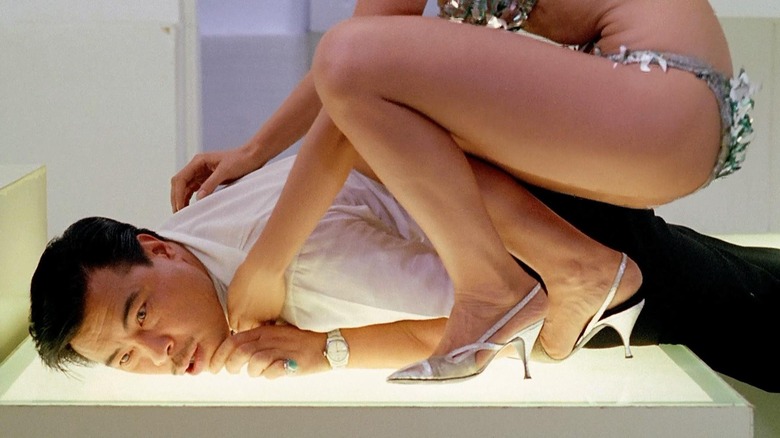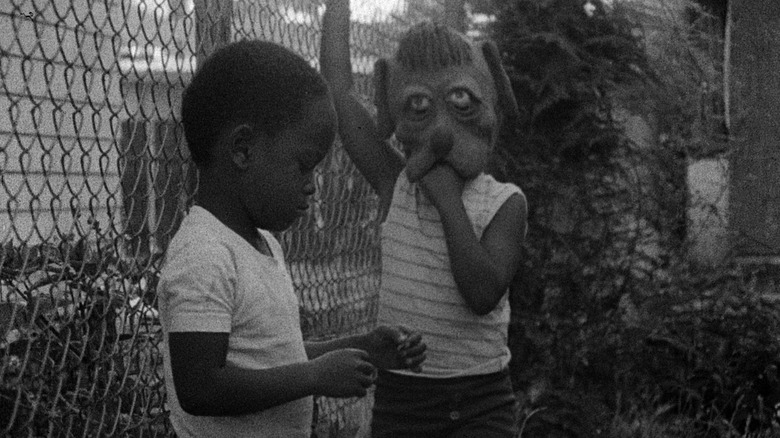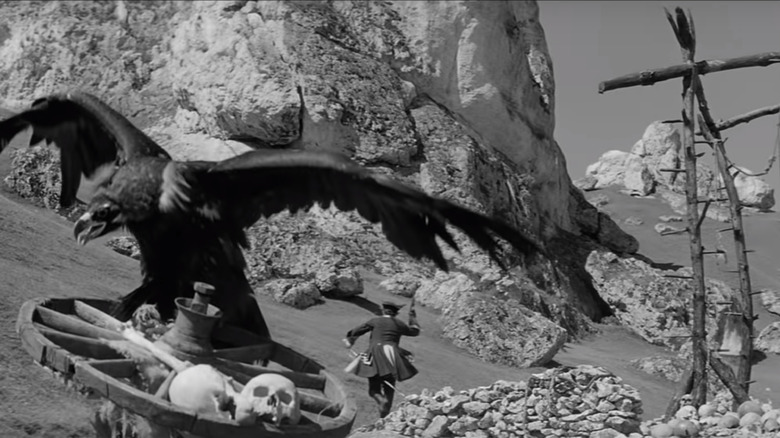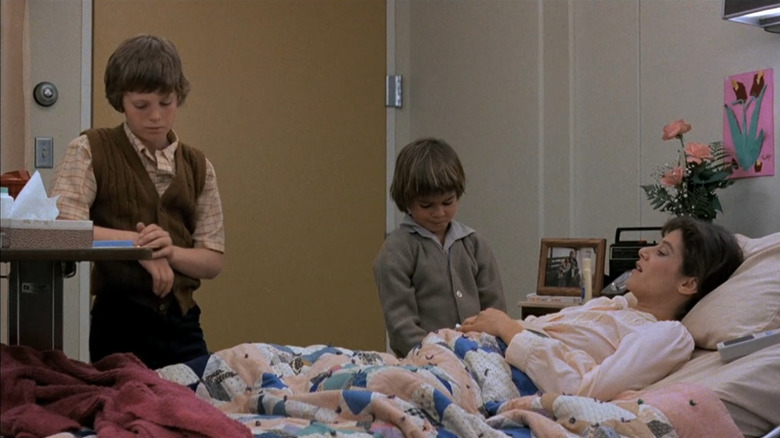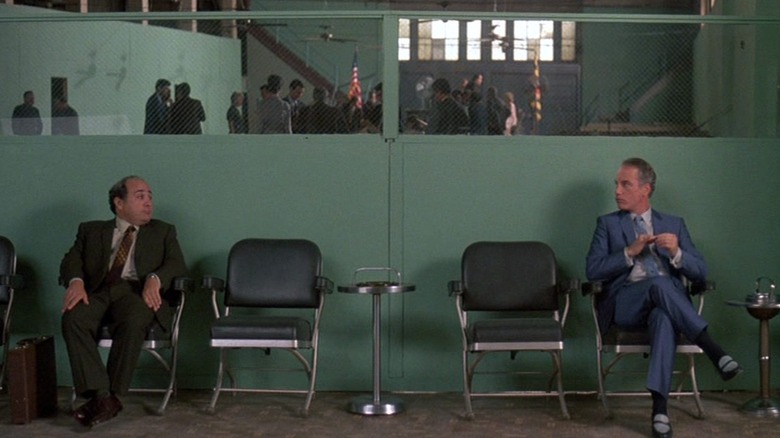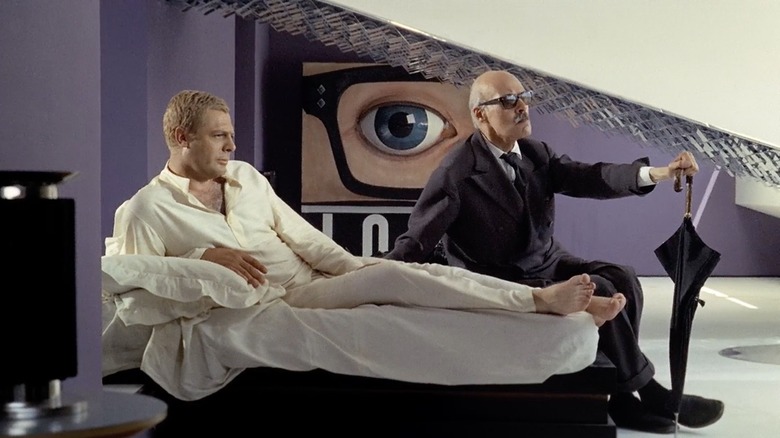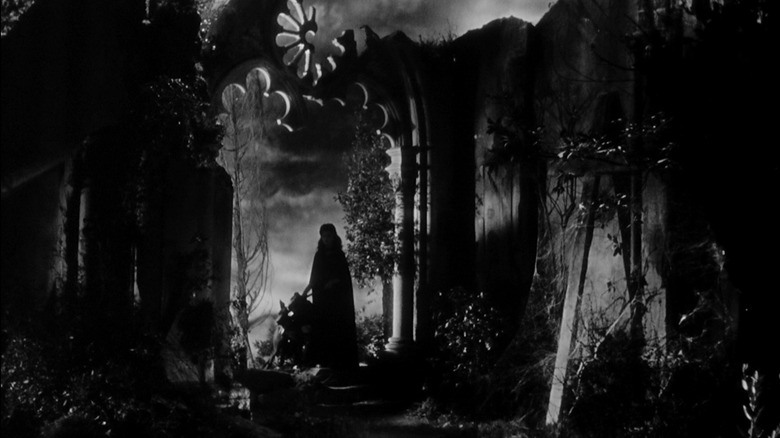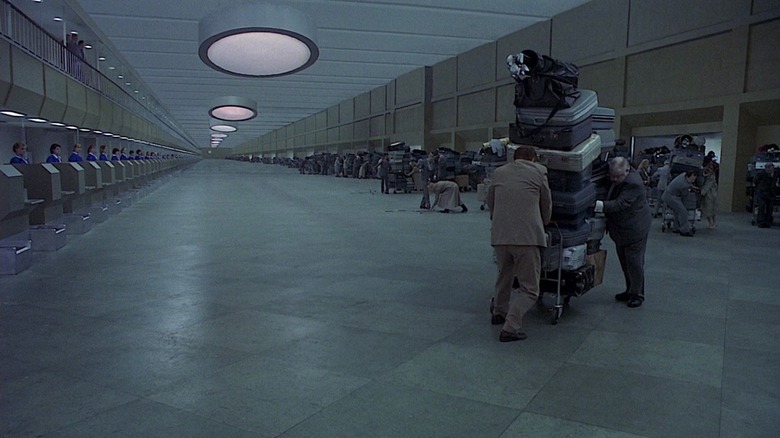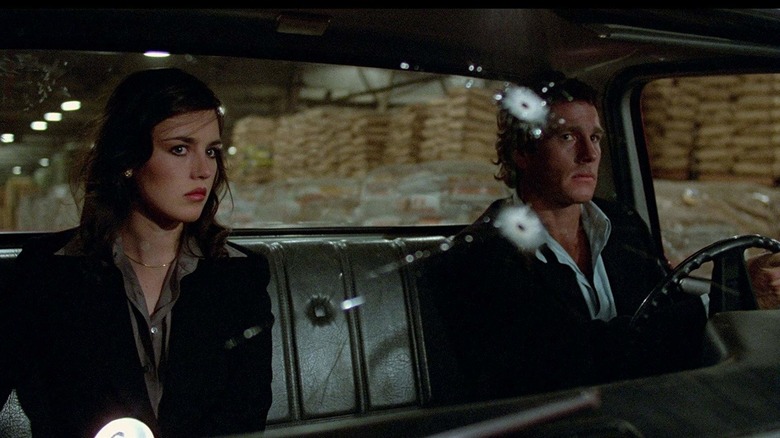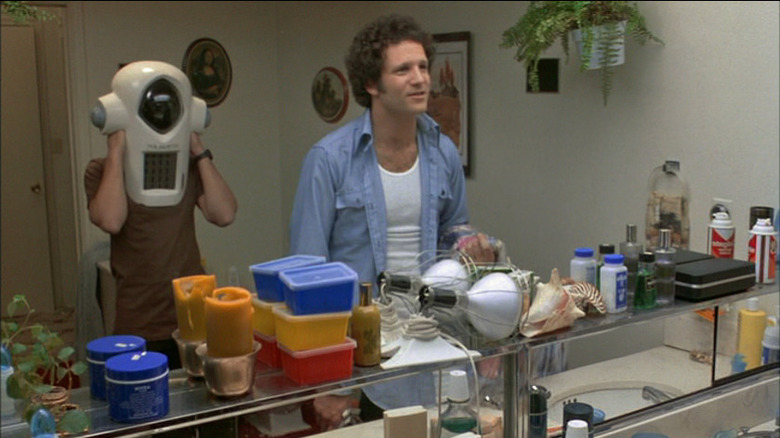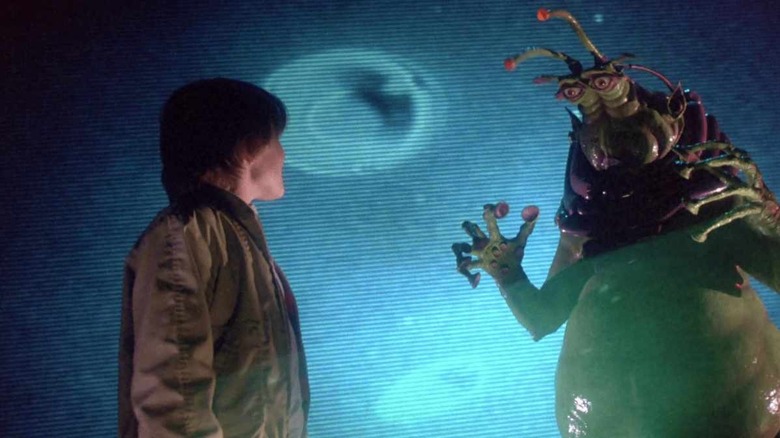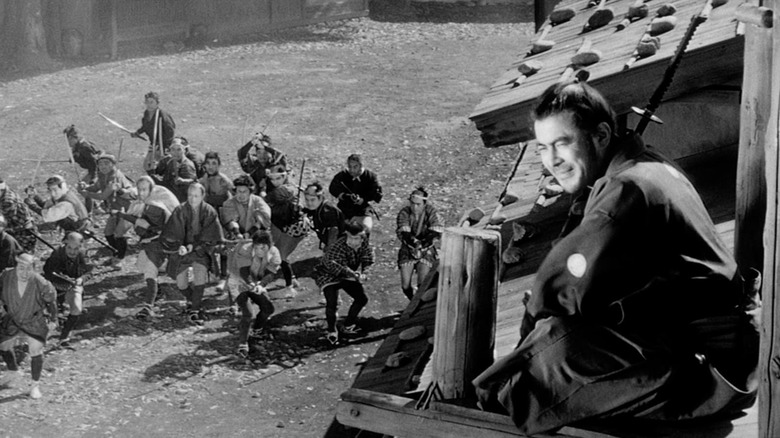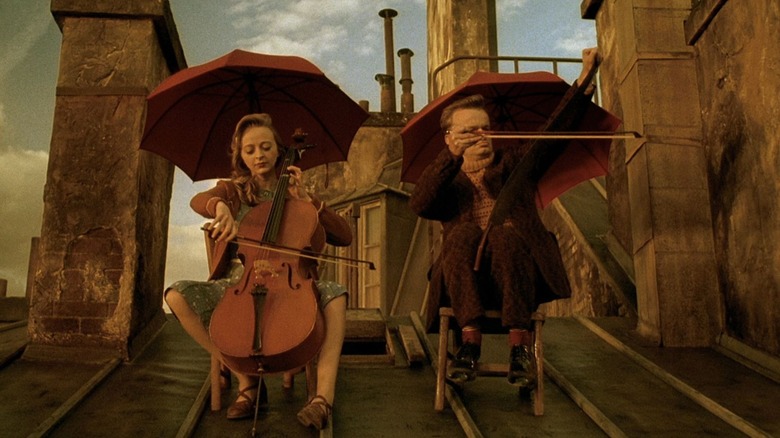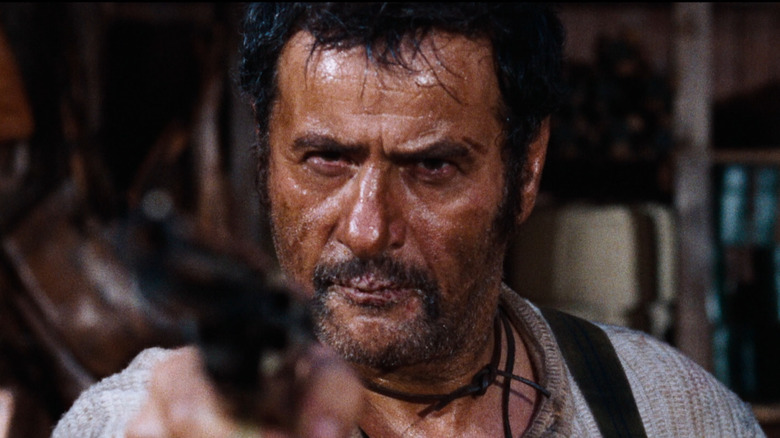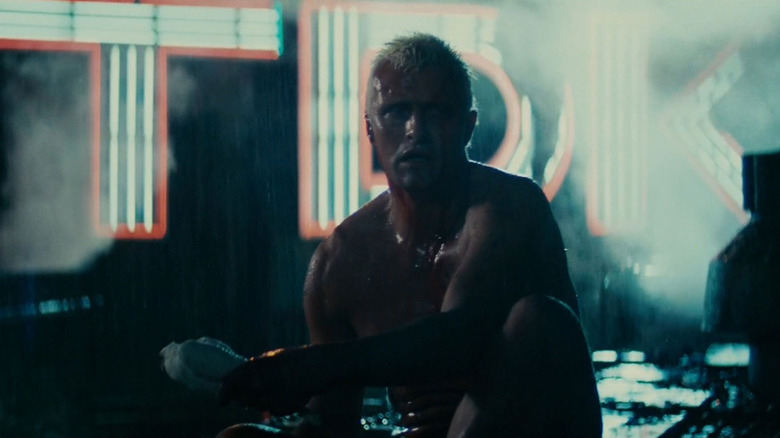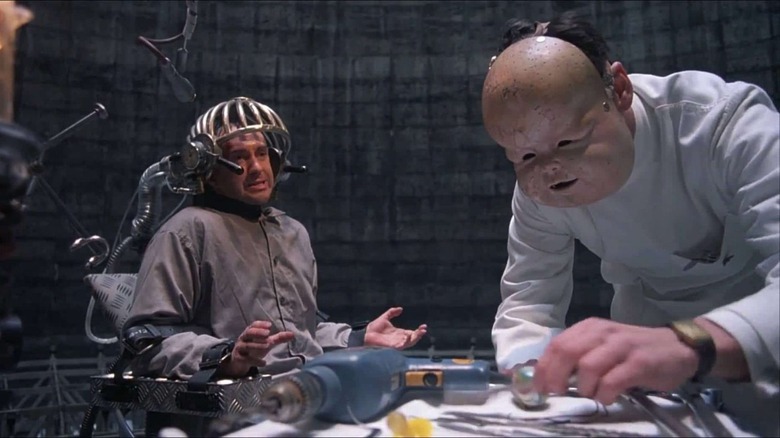Max Evry's Favorite Movies Of All Time
Some people find lists like this daunting, but for me it was pretty simple gathering this list since I only chose movies that had big ol' profound effect on me. These seminal movies shook me at various points in my life, from childhood to early adulthood. You won't find any movies from the last two decades, and that's part of what made this so easy. Since I started as a movie journalist in 2005 it has been harder to equate movies I have watched for work among my all-time favorites, no matter how powerful they were. Perhaps by then movies stopped becoming formative, similarly to when filmmakers like Martin Scorsese or Edgar Wright prepare such lists: They tend to be movies they saw in their youth. With that in mind, if you are still young, I highly recommend seeking any of these movies out! If you're an old bastard like me, I can't help ya.
15. Killer of Sheep (1978)
This is the only film on the list which was shown to me while attending film school at Boston University. At the time that would have been the only way I could have seen it, as Charles Burnett's magnificent Los Angeles slice-of-life (made as his UCLA Masters thesis) was never formally distributed due to music rights issues. A grant from Steven Soderbergh in 2007 helped restore the film to its full glory, although I miss seeing it with Nat King Cole's "Unforgettable" during the stirring final montage (the only song they could not secure the rights to). The film itself is episodic and lacks much plot, but serves as a beautiful Italian neorealist counterpoint to the Blaxploitation depictions of Black neighborhoods at the time.
14. The Saragossa Manuscript (1965)
This hallucinatory Polish epic by director Wojciech Has had the distinction of being Jerry Garcia's favorite movie, and in 1999 Gracia's friends Francis Coppola and Martin Scorsese helped restore and distribute it in America. I saw all 182 minutes of it at Boston's Brattle Theater, and remember being nearly driven mad by its Russian doll narrative. It starts with an army officer during the Napoleonic War stumbling upon an old manuscript, and as he starts reading the tale someone within that story starts telling another story, and then someone in that story starts telling their own tale, etc. By the time you're seven or eight stories deep, your brain will start to bend.
13. Terms of Endearment (1983)
Most of the people who think of this movie as being hokey have probably never actually watched it. One of the few Best Picture winners truly deserving of the honor, James L. Brooks' directorial debut tracks the life of Debra Winger's Emma Greenway through the prism of her dysfunctional relationship with mother Aurora (Shirley MacLaine). The needle Brooks threads between humor and pathos is so delicately stitched, with every performance modulated to just the right level of off-kilter. And of course, Jack Nicholson's horn dog astronaut Garrett Breedlove dominates every scene he's in without stealing the movie from MacLaine.
12. Tin Men (1987)
Of the many filmmakers to emerge from the 1980s, Barry Levinson is often wrongfully overlooked, especially for his highly personal Baltimore movies: "Diner," "Tin Men," "Avalon" and "Liberty Heights." For me "Tin Men" is the clear favorite for its depiction of low-level con men in the early 1960s selling aluminum siding and reckoning with a new job frontier. Danny DeVito's Ernest Tilley (the best Baltimore accent ever) is a tragically flawed Willy Loman type, whose competition with fellow salesman "BB" Babowsky (Richard Dreyfuss) becomes an escalating game of one-upsmanship with unexpected results.
11. The 10th Victim (1965)
The iconic opening sequence where Ursula Andress kills a man with her bra gun was clearly co-opted by Mike Myers for his "Austin Powers" movies, as was Myers' band Ming Tea. Director Elio Petri's sci-fi satire is more than the sum of one scene, though. Based on a story by sci-fi author Robert Sheckley, this Italian movie depicts a future where a good deal of society participates in a government program called "The Big Hunt" where contestants alternate between being hunters and victims in a filmed and publicized competition. Way ahead of the curve, this movie pre-dates "The Running Man," "The Hunger Games," "Squid Game" and reality television. It's also incredibly funny, especially the scene where Marcello Mastroianni's wife is having her shelf of comic books taken away, screaming "Marcello! They're taking my classics!"
10. Black Sunday (1960)
Mario Bava's official directorial debut (he ghost directed a few movies before this) isn't just a gothic triumph... it is THE gothic horror movie of all gothic horror movies. Since seeing it I managed over the years to eventually watch every movie Bava ever made, and they all add up to a truly remarkable genre filmography. Dripping with atmosphere inspired by both the Universal classics and early Hammer films, Bava's ability to create sinister mood paintings on film is unparalleled, and Barbara Steele is the prototypical Tim Burton goth girl to die for. I have seen both the American dubbed/edited version released by AIP and the original Italian release, and though I prefer the Italian I have a soft spot for the AIP cut since it features the voice cast of the original animated "Speed Racer" doing the lines!
9. Songs From the Second Floor (2000)
One of my favorite filmmakers to emerge from the world of commercials, Swedish helmer Roy Andersson has spent the last 20 years crafting stunning vignette movies loaded with humor and unforgettable visuals. The scene in this film of a boardroom full of executives passing around a crystal ball is a wonderful example of Andersson's humor. I love the way he stages scenes on elaborate studio sets using painted backdrops and miniatures, even outdoor scenes. Seek out any of his films, including the recent "About Endlessness," but please start with "Songs From the Second Floor."
8. The Driver (1978)
When describing "The Driver" I usually hype up how cool it is that writer/director Walter Hill (maker of the equally badass "48 Hours") stripped all the story mechanics down to their essence, to the point where the characters are pure archetypes literally called "Driver" or "Detective." They almost become like video game avatars. People often get turned off by this description, saying it sounds too weird or arty, but I say "Just watch it." The movie's minimalism is its strength, and obviously played a huge role in inspiring Nicolas Winding Refn's equally great genre exercise "Drive." Also the car chases positively scorch.
7. Real Life (1979)
Albert Brooks' directorial debut might be his best, funniest, and most incisive movie. Based on the early reality TV exercise "An American Family," Brooks' invasion of an average Phoenix, Arizona family's life to shoot a documentary was just as ahead of its time as "The 10th Victim," in how it shows the simultaneous deterioration of reality and boundaries as Brooks (playing a brilliantly toxic version of himself) makes the movie more and more about himself. The best scene comes early when he demonstrates the special helmet camera, the Ettinaur 226XL: "Only six of these cameras were ever made. Only five of them ever worked. We have four of those."
6. Explorers (1985)
This is a strange case in that it's a movie which exists in a form that the director, Joe Dante, does not actually prefer. Rushed out unfinished to theaters by a studio intent on dumping it, "Explorers" accidentally inherited a different vibe where characters originally envisioned with more development (the mom, the teenage love interest) are now merely vague archetypes. Given that the film revolves around Jungian dream scenarios, this is actually appropriate. I've discussed this personally with Mr. Dante and he doesn't agree, but after seeing 30 minutes of deleted material on the recent Shout! Factory Blu-ray I can say I prefer the movie as released, with all the whimsy and wonder you would expect from a movie about three kids who build a spaceship. I even enjoy all the '50s pop culture references when those kids finally meet the aliens in the third act, which remind me of Dante's early effort "The Movie Orgy."
5. Yojimbo (1961)
Akira Kurosawa's samurai take on Dashiell Hammett's "Red Harvest," which eventually influenced Sergio Leone's Dollars trilogy, is the perfect synthesis of Eastern and Western cultural transference, especially for a film made relatively shortly after World War II. Toshiro Mifune's gruff ronin Sanjuro (later to get his almost as good self-titled sequel) might be the most influential movie character of the 20th century, giving birth to the Man With No Name, Mad Max, and Han Solo all at the same time, playing each side of a gang town against each other until the final pulse-pounding showdown. Anyone trying to get into older or foreign cinema should utilize this movie as their gateway drug, it's too much fun.
4. Delicatessen (1991)
I first encountered this movie early in the morning on Cinemax during the climax when Dominique Pinon and Marie-Laure Dougnac are trapped in their apartment with the cannibalistic mob outside. When Pinon floods the bathroom and dispatches the mob with the ensuing torrent of water I was instantly hooked on Jean-Pierre Jeunet as a director. Made with his visualist cohort Marc Caro, its possible that the two working in conjunction did the best works of their career on this post-apocalyptic dark comedy about a bombed out apartment building ruled over by a tyrant chef. Boundless imagination, incredible sequences, and memorable characters make this a debut for the ages.
3. The Good, The Bad and The Ugly (1966)
Sergio Leone made arguably the best trilogy capper of all-time with this sprawling Western about a mercenary gunman (Clint Eastwood) and a Mexican bandit (Eli Wallach) who reluctantly team up to find a fortune in gold before their archenemy Angel Eyes (Lee Van Cleef) does. No one did set pieces like Leone, who imprinted strongly on a young Quentin Tarantino and countless other filmmakers including George Lucas. The final three-way cemetery showdown is a masterclass in suspense. Wallach portrays the vile Tuco with an unexpected level of compassion, never letting him fall into caricature, as evident in the scene between him and his brother Pablo (Luigi Pistilli). Nowadays there are warnings of poor racial depictions played before the movie, largely because of Wallach's brownface, which is important to acknowledge no matter how great he is in the role.
2. Blade Runner (1982)
From my first viewing around age 10 or 11, I was a fiend for this movie. The future noir mood and visual layer cake Ridley Scott so stunningly put together justifies all the praise the one-time box office bomb accrued in ensuing years. The Director's Cut righted a lot of the wrongs in an already great film, and then the Final Cut in 2007 truly restored a flawed masterpiece to just a straight-up classic. It took me a long time to come to the realization that it is Roy Batty, not Rick Deckard, who is the hero of the piece. The Final Cut also forces us to reckon with the idea not only that Deckard is a replicant, but that he has spent his entire career (which may only encompass the length of the film) killing his own kind. A sci-fi story where the eye-popping visuals are just window dressing for real humanism.
1. Brazil (1985)
Terry Gilliam is my favorite filmmaker, and "Brazil" is my favorite film of his. I've seen some of the others more often ("Baron Munchausen," "Fear and Loathing"), but his ode to 20th century bureaucracy was the first movie that really challenged me as a young filmgoer. It turned ideas of heroism and fantasy on their head, and prepared me for a life lived within systems that don't always have my anyone's best interest in mind ... and occasionally explode. As the years go on I marvel at the miraculous turns of luck that enabled Gilliam to realize this vision intact and on the grandest scale with the best cast imaginable. We're all in it together.
